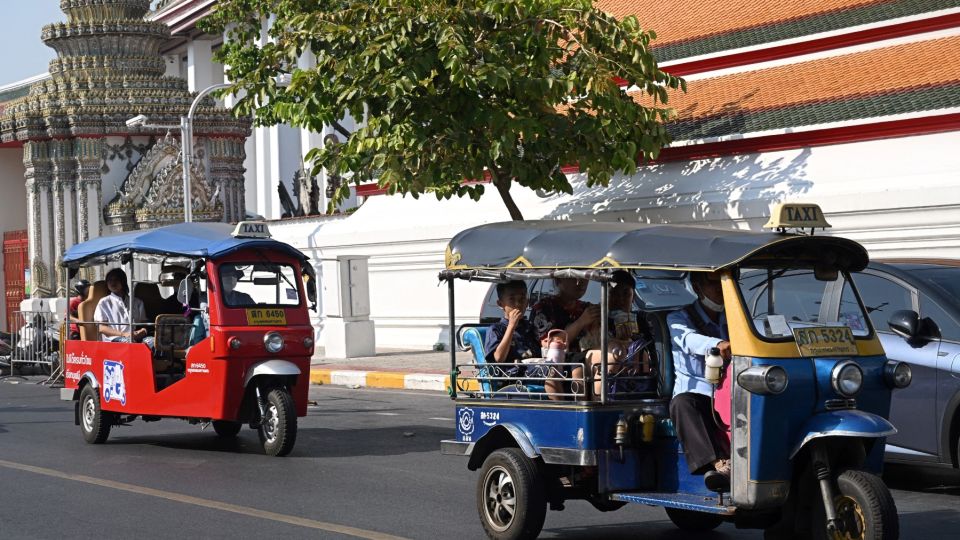November 11, 2025
BANGKOK – But did you know that the tuk-tuk didn’t originally hail from Thailand? Its journey from Italy to the streets of Bangkok is as fascinating as the ride itself.
From Italy to Thailand: The Birth of a Legend
The story begins in 1948, in post-war Italy, with the Piaggio Ape, a small, three-wheeled vehicle designed to help Italian shopkeepers transport goods in the aftermath of the war.
The Piaggio Ape was affordable, compact, and practical, offering an efficient alternative to larger vehicles for small businesses.
This design, ideal for tight urban spaces, quickly captured the attention of other nations, including Japan and eventually Thailand.
By the 1950s, the Piaggio Ape made its way east, and in Thailand, it was adapted into what locals called the samlor khruang (สามล้อเครื่อง), which translates to “motorised tricycle.” Initially, these vehicles were used to carry both cargo and people through the crowded streets of Bangkok.
They were practical, cheap, and allowed locals to navigate the city’s busy roads with ease.
The Struggles and Survival of the Tuk-Tuk
In 1965, the Thai government attempted to phase out the tuk-tuks, claiming they were inefficient and hazardous.
However, the tuk-tuk had already become a crucial part of daily life in Bangkok, and the protests from tuk-tuk drivers and their loyal customers led to its survival.
Rather than disappearing, tuk-tuks became more integrated into the culture and economy of the city.
By the 1970s, they became synonymous with Thai transportation. Tourists flocked to Bangkok for the unique experience of zipping around the city in these colourful vehicles, making tuk-tuks an integral part of Thailand’s tourist appeal.
The Name ‘Tuk-Tuk’
So, why do we call it a tuk-tuk? The answer lies in the sound. Foreign visitors struggled to pronounce the original Thai name, samlor khruang, and instead, they dubbed it after the distinctive “tuk-tuk” sound the exhaust made when the vehicle was in motion.
It was catchy, fun, and it stuck, making the tuk-tuk one of Thailand’s most recognisable symbols.
Tuk-Tuks Today: A Must-Experience Ride
Today, tuk-tuks are as much a part of the landscape as Thailand’s street food and temples.
Whether you’re navigating through Bangkok’s bustling streets, hopping between markets, or heading to a late-night dinner, hopping into a tuk-tuk is an unforgettable part of the Thai experience.
So, next time you find yourself in Thailand, make sure to take a tuk-tuk ride; it’s a timeless tradition that perfectly captures the heart and hustle of Bangkok.


